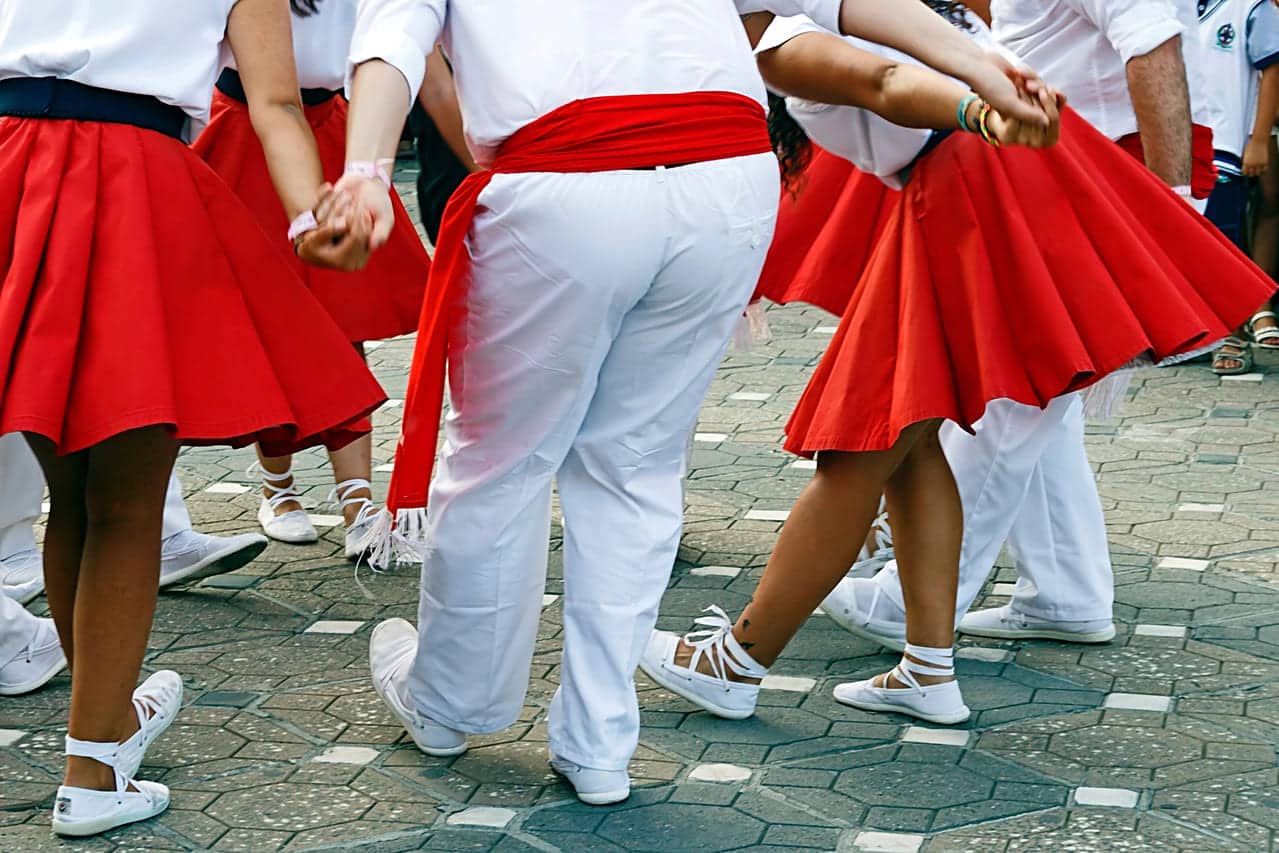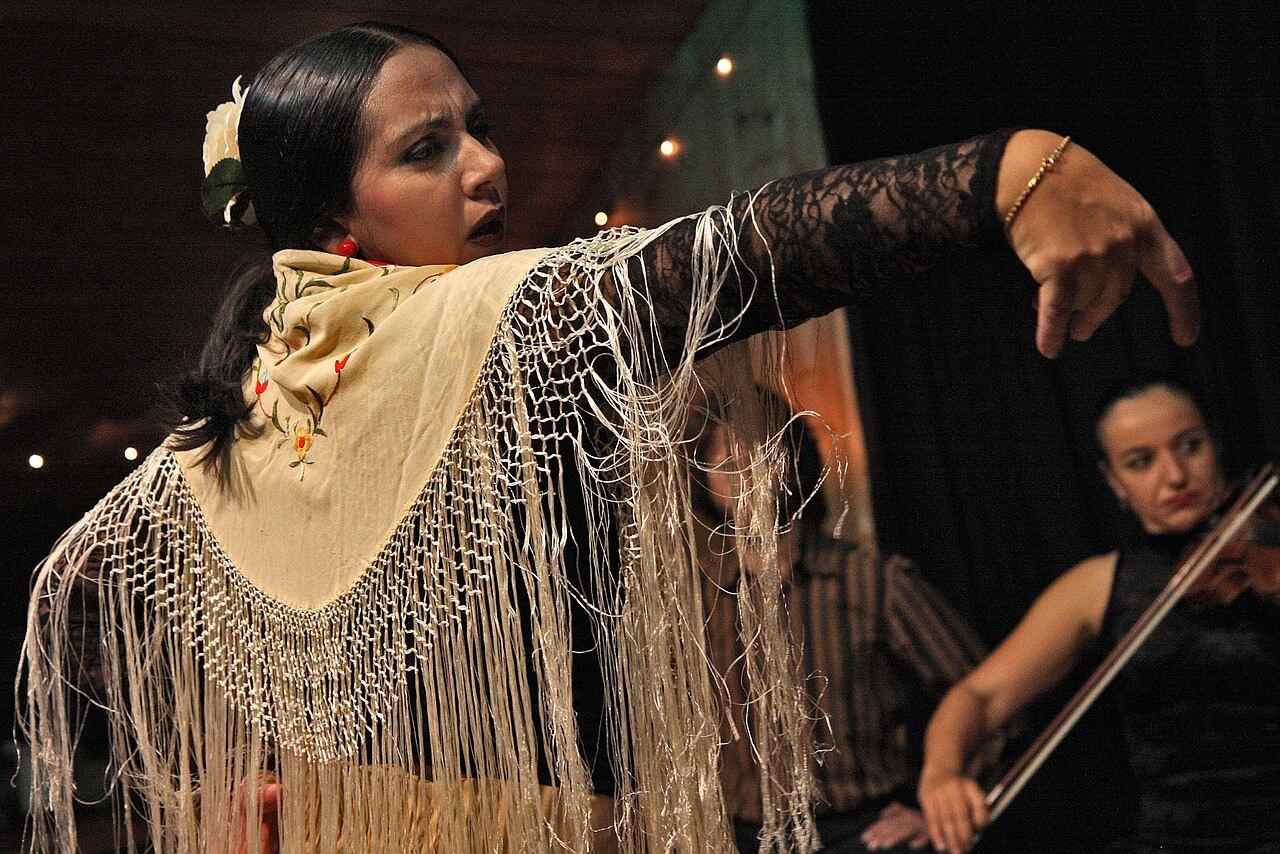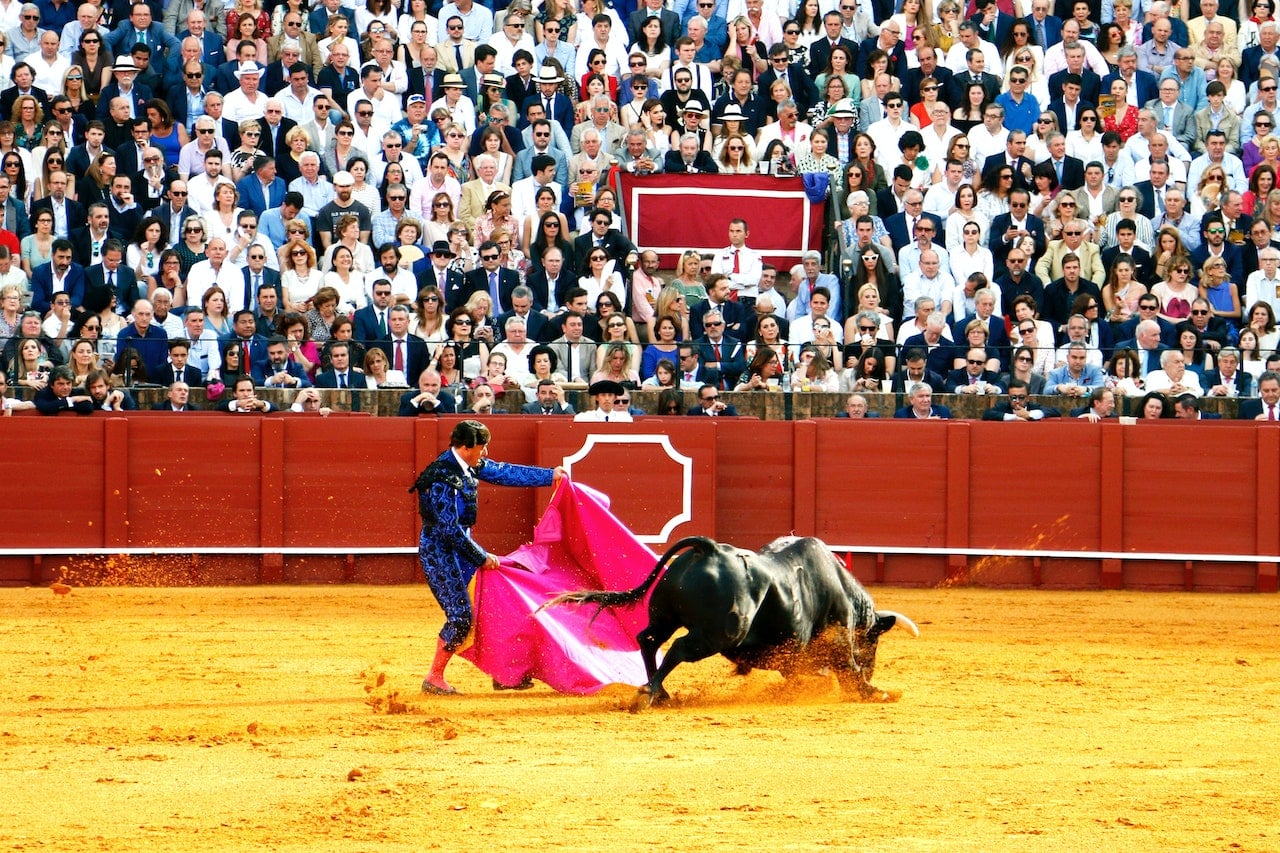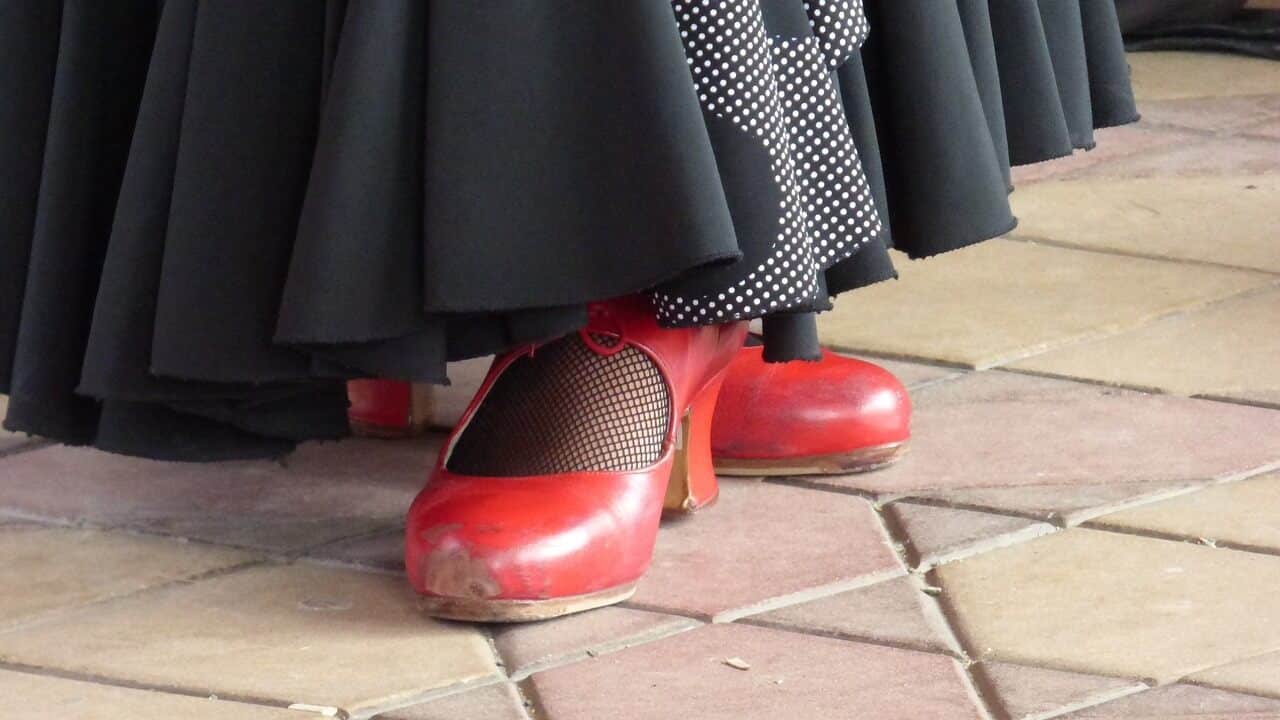
Traditions in Spain: Customs and Culture
DATE:
Hey there, friends! Picture this: a country where streets burst with colors, music fills the air, and dancing is so heart-pounding it stops you in your tracks. Yep, that’s Spain! It’s a place where life is one big party, filled with cool customs that blend the old and new in the best way possible.
Spain isn’t just about flamenco dancers or tasty tapas. It’s a place where traditions are celebrated big time! From quirky festivals like tomato-throwing parties to age-old dances that have stood the test of time, Spain’s got it all.
So if you’re curious to know what makes Spain tick, you’re in the right spot. Get ready, we’re about to take a fun tour through Spain’s most awesome traditions. Are you in? Let’s go!
The Essence of Spanish Culture
Spain is an eclectic mix of various influences, ranging from Moorish history to Roman Catholicism, and from flamenco dancing to mouthwatering paella. It’s like a grand carnival of life where every day is a celebration. Let’s break it down, shall we?
What is “Flamenco” in Spain? – The Soul of Spain
Flamenco! Just saying the word evokes a torrent of emotion, doesn’t it? Picture this: a dimly lit room, filled with the rhythmic clapping of hands and stomp of heels, as a singer’s guttural wails sync perfectly with a guitarist’s strumming. This is not just another form of entertainment; this is Flamenco, an art form so deeply embedded in Spanish culture that it’s like the very heartbeat of the nation.
Flamenco originated in the Andalusian region of Spain, deeply influenced by various communities including Gypsies, Moors, and Jews. It has evolved over centuries to include three main components: cante (singing), toque (guitar playing), and baile (dance). And it’s not a monolithic style, either. There are over 50 different traditional ‘palos’, or forms, ranging from the deeply sorrowful ‘Soleares’ to the lively and uplifting ‘Alegrias.’
DID YOU KNOW…?
Curious about why Andalusia is called what it is, or how the Moors played a big part in shaping Spain’s rich culture and the Spanish language? You’re in luck! We’ve got a whole article diving deep into the History of the Spanish Language that will satisfy your thirst for knowledge. Don’t miss it; it’s like a time machine for your brain, taking you through the colorful tapestry that makes Spanish so unique and fascinating!
Why is Flamenco so Important in Spanish Culture?
In Spain, Flamenco is more than just a musical style or dance; it’s a cultural expression that encapsulates the trials and tribulations, joys and sorrows, of the Spanish people. Flamenco is often seen as the musical embodiment of ‘duende,’ a term that translates roughly to having soul, a heightened state of emotion and expression. While you can hear Flamenco music and witness Flamenco dancing in many Spanish cities, there’s nothing like experiencing it in its natural habitat— from the caves of Granada to the tablaos (Flamenco venues) of Madrid and Seville.
Flamenco and Tradition
Traditionally, Flamenco was a part of familial gatherings and was performed during celebrations or even at times of mourning. Over time, it gained professional stature and became a staple in Spanish theaters and even took on an international audience. However, its core remains deeply traditional. The steps of Flamenco dancing are passed down through generations, each family adding its nuances. The traditional costumes worn during performances, complete with ruffles and bright colors, have historic significance and regional variations.

What Are Some Traditions That Spain Does?
You must be thinking, “Why does Spain have so many traditions?” Well, much of this is rooted in its history and cultural heritage. After the Spanish Civil War, Spain took great pains to revive and preserve its traditional practices as a form of national pride.
La Hora del Vermut
Imagine sitting in a cozy Spanish city square, sipping on sweet Spanish vermouth as you soak in the atmosphere. La Hora del Vermut, or “the vermouth hour,” is a pre-lunch tradition that gives you an opportunity to engage in Spain’s rigid eating times. This charming custom involves socializing, snacking on tapas, and of course, drinking vermouth.
The Ritual of Eating
Ah, Spanish eating habits! First, you have a light breakfast, and then lunch, which is often a sit down full meal with multiple courses. Dinner tapas make an appearance much later in the evening. Stay clear from sub par food; explore pastries selling in local shops and dine at traditional local restaurants for a genuine experience.
Running of the Bulls
Every year in Pamplona, brave souls and bulls come together for a heart-pounding race through narrow streets. It’s a mix of adrenaline, tradition, and, let’s face it, a touch of madness. This event epitomizes Spain’s love for the thrilling and the dramatic.

La Tomatina
Picture this: a town square in Buñol transformed into a battlefield of tomatoes. La Tomatina is a unique festival where participants engage in a massive tomato fight, hurling ripe tomatoes at each other. It’s a boisterous celebration that turns the town into a red sea of fun and frolic!
Feel the pull yet? There’s much more to explore, from narrow windows that echo Spain’s Moorish past to underground clubs that burst with youth and energy. Every Spanish city offers a fascinating insight into the country’s self-image and reputation. Spain is a mixed blessing of modernized market economy and age-old customs and traditions.
DID YOU KNOW…?
Did you know that Spain has a tradition called “El Colacho” where men dressed as the Devil leap over newborn babies? Yep, you heard that right! The tradition is said to cleanse the babies of original sin and protect them against illnesses and evil spirits. Mind-blowing, isn’t it?
Spanish Family Traditions
Ah, the family— the cornerstone of Spanish culture. Seriously, family ties are so strong, they could rival the strength of Spanish coffee! No kidding! Let’s dig into how family values are cherished and celebrated.
The Importance of La Familia
In Spain, family gatherings aren’t just reserved for the holidays. No siree! Family is an integral part of daily life. Expect frequent family meals, including the all-important Sunday lunch. Unlike many tourists who might opt for a quick bite, for Spanish people, mealtimes are a sit-down, full-meal deal to connect with loved ones.
Traditional Celebrations within the Family
- Baptisms and First Communions: Major milestones, often with large parties and gifts.
- Name Days: Yes, birthdays are important, but so are Name Days, the feast day of the saint you’re named after.
- Weddings: A grand affair, sometimes lasting two days with multiple events and ceremonies.
Personal Space? What’s That?
Spanish children are taught the importance of close physical contact from a young age. So don’t be surprised if someone you’ve just met greets you with a hug or a kiss on the cheek. Personal space in Spain is, let’s say, more of a shared concept.

Why Does Spain Have So Many Traditions?
Well, Spain is a treasure trove of diverse regions, each contributing its own flavor to the rich culture. The country’s history is a tapestry woven with threads from Roman rule, Moorish occupation, and the influence of Latin American countries.
Regional Influence
Whether it’s the Catalan tradition of building human towers, known as “Castells,” or Galician bagpipe music, Spain’s traditions are as varied as its geography. Each region has carved out its own set of traditions, influenced by its unique history, climate, and even agricultural practices. From the olive groves of Andalusia to the bustling streets of Madrid, the richness of Spanish traditions often stems from their deep roots in regional life.
Historical Events
Events like the Spanish Civil War have had a deep impact on the country’s reputation and its resolve to preserve its cultural heritage. Periods of history marked by conflict, conquest, and eventual liberation have given rise to a multitude of traditions. These historical milestones have been encapsulated in various forms, be it festivals, dances, or even culinary practices, helping future generations understand and appreciate the trials and triumphs that have shaped Spain.
People and National Pride
Ah, the Spanish people, the lifeblood of Spain’s many traditions! With a strong sense of national pride and community, the Spanish are the stewards of their own culture. Local fiestas, religious festivals like Semana Santa (holy week), and even daily customs around food and socializing are passionately observed and joyously celebrated. This strong sense of identity ensures that traditions are not only preserved but continue to evolve and adapt to modern times.
Summing Up Spain’s Traditions
Wow, what a ride, huh? We’ve twirled with flamenco dancers, sipped sweet Spanish vermouth during la hora del vermut, walked solemnly in Semana Santa processions, and even let loose at some crazy local fiestas. Trust me, Spain isn’t just a visit; it’s a full-on, sensory-overload, once-in-a-lifetime kind of experience!
So why does Spain have so many captivating traditions? Well, it’s a melting pot of regional influences, historical events, and a dash of that unique Spanish flair. Each city, each town, heck, each little village, has its own special way of doing things, contributing to the rich culture that Spain is so famous for.
Now, here’s the insider tip: If you really want to dive deep into Spanish culture, learning the language is the golden ticket. Yes, you could visit Spain, but imagine visiting and being able to truly connect with the people there! That’s where SpanishVIP comes into play. With our Dedicated Teachers and amazing Student Success Advisors, you can be sure you’re on the fastest route to becoming a Spanish pro. So why wait? Kickstart your journey with a free 1:1 class or indulge in a full week of free group classes.
And remember, in Spain, every day is a reason to celebrate! So until our next exciting rendezvous, hasta luego and keep the fiesta going!








